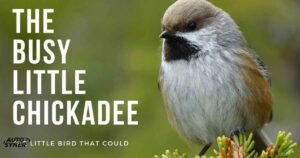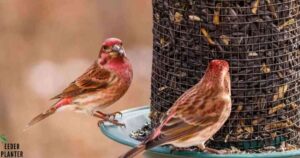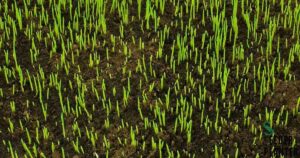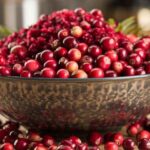Maryland’s grass seed production thrives in its diverse climate, with a mix of cool and warm-season grasses cultivated to meet local landscaping and agricultural needs. The state’s rich agricultural heritage contributes to the production of high-quality grass seeds.
The art of cultivating grass seed thrives as a testament to the state’s agricultural prowess. From sprawling fields to meticulously managed farms, Maryland’s climate and expertise converge to yield premium grass seed varieties. Ever you wonder When To Plant Grass Seed Maryland? This harmonious blend of tradition and innovation transforms the state into a green haven.
The verdant fields of Maryland nurture the growth of high-quality grass seed.Due to it the culmination of this agricultural journey arrives at the opportune moment of harvest. Timed with precision, typically in late spring to early summer, farmers diligently gather the ripened grass seed.
Types of Grass Seed in Maryland
There are different types of grass seed that grows in Maryland
- Kentucky Bluegrass
- Tall Fescue
- Fine Fescue
- Bermuda Grass
- Zoysia Grass.
- Perennial Ryegrass
Kentucky Bluegrass
It is a cool-season grass species widely recognized for its lush, emerald-green appearance and fine texture. Native to Europe, Asia, and North Africa, it has become a popular choice for lawns, golf courses, and sports fields in various regions.
Known for its ability to establish dense, carpet-like turfs, Kentucky Bluegrass thrives in temperate climates with well-drained soils. It exhibits excellent wear tolerance and can recover quickly from damage, making it suitable for high-traffic areas. This grass species is valued for its remarkable cold resistance, maintaining its vibrant color even in cooler seasons.
Kentucky Bluegrass requires adequate sunlight for optimal growth but can tolerate partial shade. Its appealing aesthetic and adaptability contribute to its widespread use in landscaping, creating visually pleasing and resilient green spaces. Additionally, Kentucky Bluegrass is often included in premium grass seed blends, enhancing the overall quality and resilience of lawns and recreational surfaces.
Tall Fescue
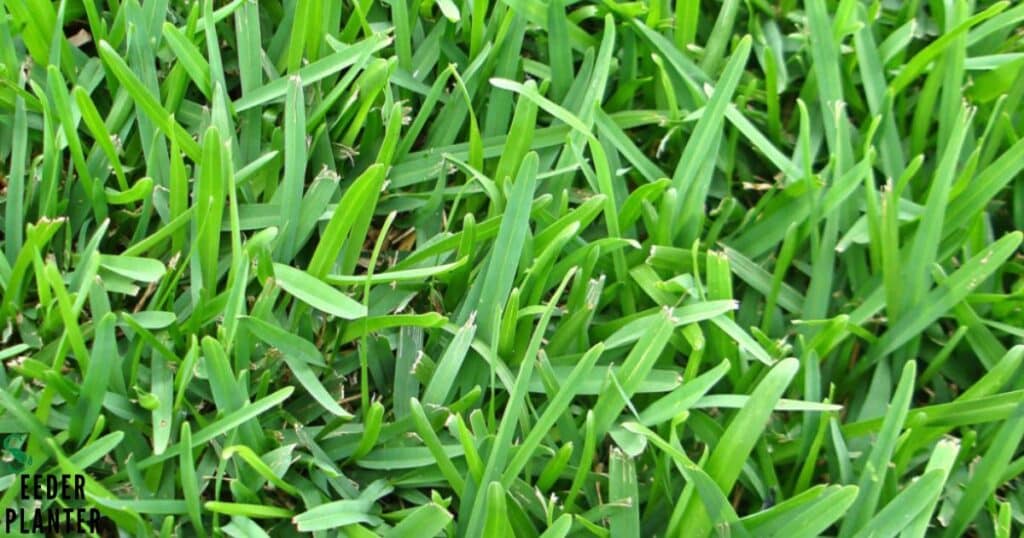
This type of grass is a cool-season grass species that is widely utilised for pasture, lawns, and turf purposes. Known for its adaptability and resilience, tall fescue is particularly valued in regions with temperate climates. Its deep root system makes it drought-tolerant and resistant to foot traffic, making it an excellent choice for high-traffic areas.One notable characteristic of tall fescue is its ability to form endophytic associations with fungi. This ability increased resistance to pests and environmental stressors.
This grass species is recognized for its lush green appearance and fine texture, making it aesthetically pleasing for lawns and landscapes.However, it’s important to note that some varieties of tall fescue can be prone to a fungal infection called “endophyte toxicity,” which can negatively impact livestock.
As such, selecting appropriate cultivars and managing endophyte levels is crucial when utilising tall fescue in both agricultural and residential settings. Overall, tall fescue stands out as a versatile and hardy grass species with various applications in landscaping and agriculture.
Fine Fescue
Fine fescue is a cool-season grass that belongs to the genus Festuca, and it is renowned for its fine texture and lush appearance. This group of grasses is known for its adaptability and ability to thrive in a variety of environmental conditions, making it a popular choice in lawns, golf courses, and other turfgrass applications.
Fine fescue varieties include creeping red fescue, chewings fescue, hard fescue, sheep fescue, and slender creeping red fescue. These grasses are valued for their shade tolerance, disease resistance, and low maintenance requirements. Fine fescue is often chosen for its ability to form dense, carpet-like lawns that withstand heavy foot traffic.
Additionally, it’s fine blades contribute to a luxurious aesthetic, making it a favored choice for areas where a manicured appearance is desired
Bermuda Grass
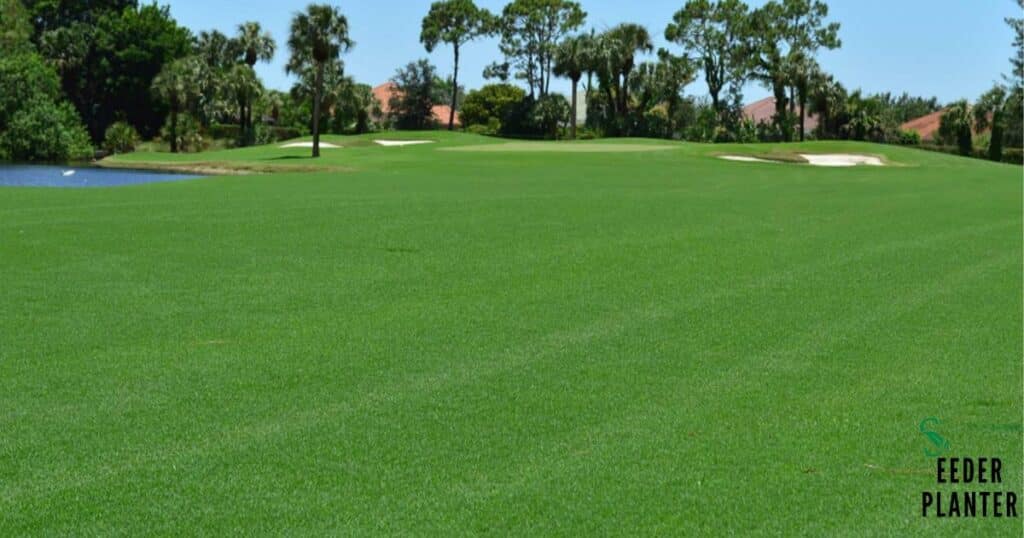
Bermuda grass, scientifically known as Cynodon dactylon, is a warm-season grass widely cultivated for its resilient and hardy nature. Native to Africa, it has become a popular choice for lawns, sports fields, and golf courses due to its excellent tolerance to heat, drought, and foot traffic.
This grass species is characterised by its fine texture, vibrant green colour, and dense growth pattern, creating a lush carpet-like appearance when properly maintained. Bermuda grass establishes quickly and spreads vigorously through both stolons and rhizomes, allowing it to recover rapidly from wear and tear. Its adaptability to various soil types, including sandy and clay soils, further contributes to its widespread use.
While Bermuda grass requires ample sunlight for optimal growth, it can endure challenging conditions and exhibits excellent drought resistance. Regular mowing and proper maintenance are essential to keep Bermuda grass looking its best and maintaining its durability in diverse environments.
Zoysia Grass.
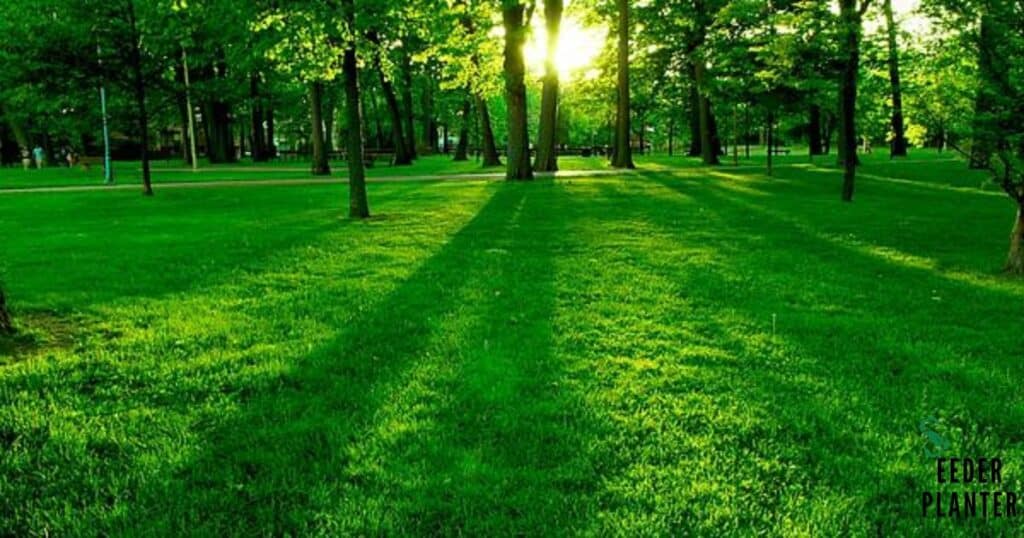
This grass is a warm-season turfgrass known for its lush and dense carpet-like appearance, making it a popular choice for lawns, golf courses, and sports fields in warm climates. Named after Austrian botanist Karl von Zois, Zoysia grass is valued for its ability to thrive in a variety of soil types and its moderate tolerance to shade.
This grass variety is recognized for its fine texture, dark green colour, and resilience, providing a visually appealing and durable surface.Zoysia grass is also celebrated for its low maintenance requirements, as it exhibits good drought tolerance once established and has a natural resistance to pests and diseases.
While it may take some time to establish, the overall benefits of Zoysia grass, including its adaptability and attractive aesthetic, make it a sought-after choice for those looking to cultivate a resilient and visually pleasing lawn.
Perennial Ryegrass
Perennial Ryegrass (Lolium perenne) is a cool-season grass known for its lush, fine texture and vibrant green colour, making it a popular choice in lawns, sports fields, and pastures. As its name suggests, this grass species is perennial, meaning it can persist and regrow for multiple years. Perennial Ryegrass is valued for its rapid germination.
It thrives in well-drained soils and cool, temperate climates, adapting well to both sunny and partially shaded areas. With its ability to form a dense turf, Perennial Ryegrass not only enhances the aesthetic appeal of lawns but also provides a durable and resilient surface for activities such as sports and recreation.
Additionally, its versatility extends to use in mixtures with other cool-season grasses, contributing to a well-rounded and resilient turf grass blend. Regular mowing and proper maintenance help ensure the longevity and attractiveness of lawns featuring Perennial Ryegrass.
Preparation of lawn
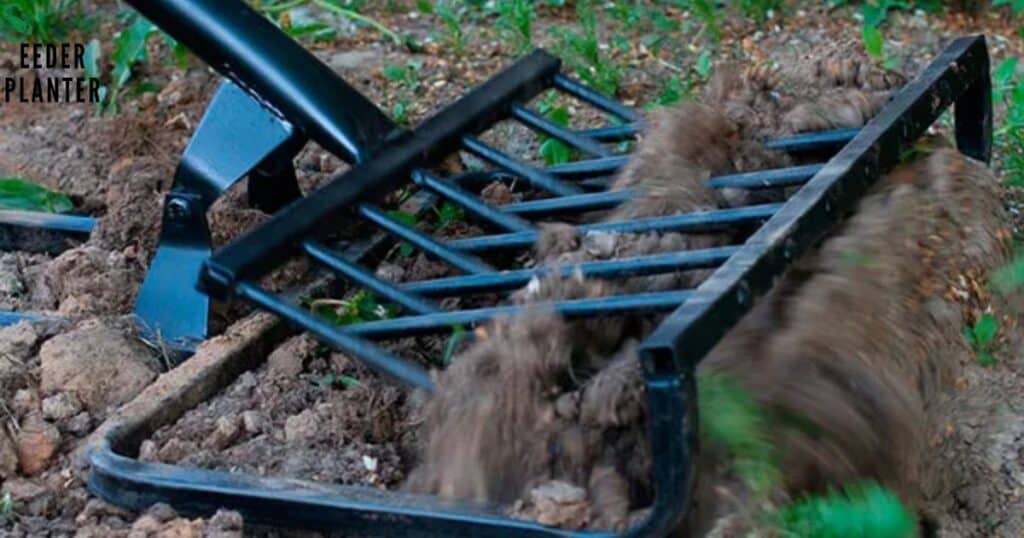
Soil Testing
- Conduct a soil test to assess the pH and nutrient levels.
- Follow recommendations to adjust pH and add necessary nutrients.
Clearing and Grading
- Remove debris, rocks, and weeds from the lawn area.
- Grade the soil to ensure proper water drainage.
Mowing and Dethatching
- Mow existing grass to a low height.
- Use a dethatching rake to remove any dead grass and thatch.
Aerating the Soil
- Rent or use a lawn aerator to create holes in the soil.
- Improve soil aeration and enhance seed-to-soil contact.
Seeding
- Choose a high-quality grass seed suitable for Maryland’s climate.
- Use a broadcast spreader to evenly distribute the grass seed.
Fertilising
- Apply a balanced fertiliser with appropriate NPK ratios.
- Follow recommended application rates for newly seeded lawns.
Watering
- Water the seeded area immediately after planting.
- Maintain consistent soil moisture until the grass establishes.
Mulching
- Apply a thin layer of straw or mulch to retain soil moisture.
- Prevent erosion and protect germinating grass seeds.
Establishing a Watering Schedule
- Develop a watering schedule based on weather conditions.
- Gradually reduce watering frequency as the grass becomes established.
Post-Emergence Care
- Monitor for weed growth and address promptly.
- Consider overseeding if necessary for thicker, lusher grass.
Routine Maintenance
- Gradually transition to a regular lawn maintenance routine.
- Include mowing, fertilising, and pest control as needed.
Winter Preparations
- Apply a winterizing fertiliser in late fall.
- Take measures to protect the grass from winter stress/
Monitoring and Adjusting
- Regularly assess the lawn’s health and appearance
- Adjust maintenance practices based on the specific needs of the lawn.
Warm Season Grass v/s Cool Season Grass
| Aspect | Warm-Season Grass | Cool-Season Grass |
| Temperature Tolerance | Thrives in hot temperatures | Prefers cooler temperatures |
| Growing Season | Peaks in late spring to early fall | Active growth in spring and fall |
| Maintenance | Lower maintenance, less mowing | Requires regular mowing and care |
| Winter Hardiness | May go dormant and turn brown in winter | Cold-hardy, maintains colour in winter |
Overseeding of grass in Maryland
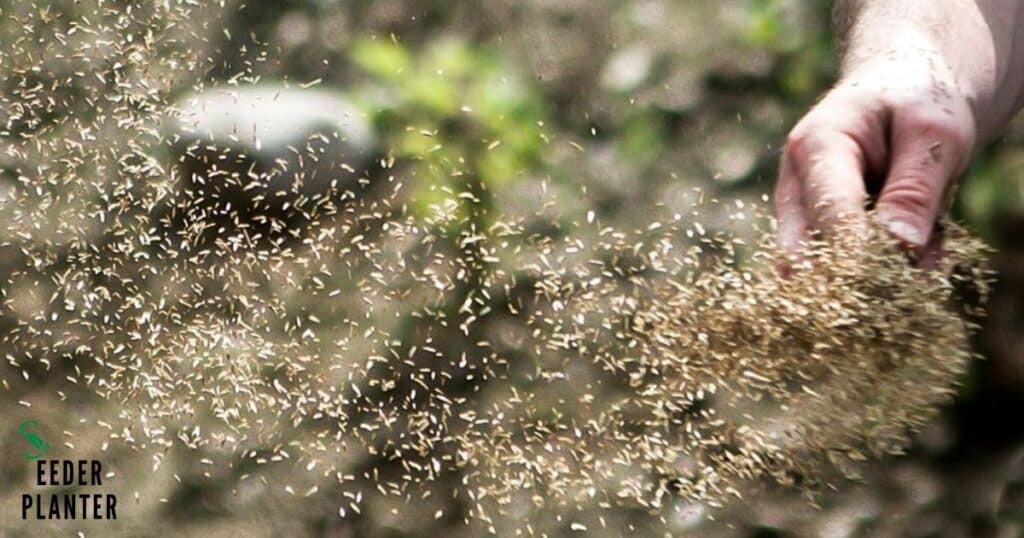
Overseeding is a beneficial practice for maintaining a lush and resilient lawn in Maryland. This process involves spreading additional grass seed over an existing lawn to fill in thin or bare areas, enhance density, and introduce new, improved grass varieties.
In Maryland’s variable climate, overseeding is particularly valuable as it helps address the stress that lawns may face due to temperature extremes and seasonal changes. Fall is an ideal time for overseeding in Maryland, as soil temperatures are still warm, promoting germination, and the cooler air temperatures reduce stress on emerging seedlings.
This proactive approach enhances the overall health and appearance of the lawn, promoting better resilience against disease, pests, and environmental stressors.
Diseases and their control to grass seed in Maryland
Here’s a table outlining six common diseases affecting grass seed in Maryland and their control measures
| Disease | Symptoms | Control Measures |
| Dollar Spot | Small, round patches with straw-coloured spots | Fungicide application, proper watering, and balanced fertilisation |
| Brown Patch | Circular patches of brown or dead grass | Fungicide treatment, improve air circulation, reduce thatch |
| Powdery Mildew | White powdery substance on grass blades | Fungicide, proper spacing for air circulation, resistant varieties |
| Leaf Spot | Dark lesions on grass blades | Fungicide, proper watering, and aeration |
| Pythium Blight | Wet, slimy, dark areas with water-soaked roots | Improve drainage, proper mowing, fungicide application |
| Rust Diseases | Orange-red or yellowish pustules on grass blades | Fungicide, proper fertilisation, regular mowing and watering |
Frequently Asked Question
Where can I find the best grass seed for Maryland’s climate?
Look for cool-season grass seed blends with fescue and Kentucky bluegrass, well-suited for Maryland’s climate.What grass seed varieties thrive in Maryland’s diverse soil conditions?
Opt for grass seed mixes that include varieties like tall fescue and fine fescue, adapting well to Maryland’s varied soil types.
How can I ensure a lush green lawn in Maryland using grass seed?
Choose a grass seed mix tailored to Maryland’s transitional climate, providing a resilient and vibrant lawn.
What factors should I consider when selecting grass seed for my Maryland lawn?
Consider factors like climate, soil type, and shade tolerance when picking the right grass seed blend for your Maryland lawn.
Final Thoughts
Selecting the appropriate grass seed for Maryland’s diverse climate and soil conditions is crucial for cultivating a resilient and lush lawn. Opt for cool-season grass seed blends, including varieties like tall fescue and Kentucky bluegrass, known for their adaptability to Maryland’s transitional climate.
Take into account factors such as shade tolerance, soil type, and specific regional considerations. By choosing a well-suited grass seed mix, you enhance the chances of a thriving lawn that withstands Maryland’s varying weather patterns. Additionally, consider proper lawn care practices, including watering and fertilisation, to promote optimal growth.
Ultimately, a thoughtful selection of grass seed, coupled with attentive maintenance, will contribute to a green and vibrant lawn in Maryland, providing a welcoming outdoor space for enjoyment.

I am Alexander James, a seasoned professional with 4 years of expertise, brings passion and skill to every project. Elevate your experience with my knowledge and creativity.
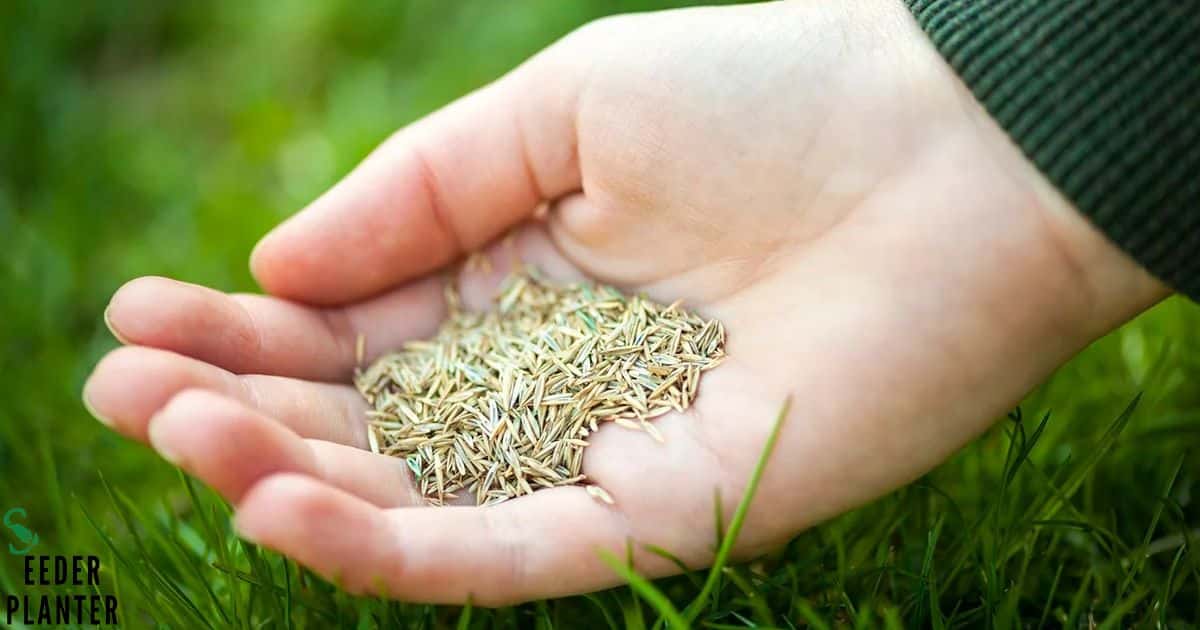

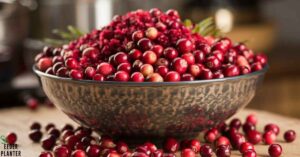
![Hollyhock Seeds: The Complete Guide to Success [2024]](https://seederabout.com/wp-content/uploads/2024/10/Hollyhock-Seeds-The-Complete-Guide-to-Success-2024-300x157.jpg)
